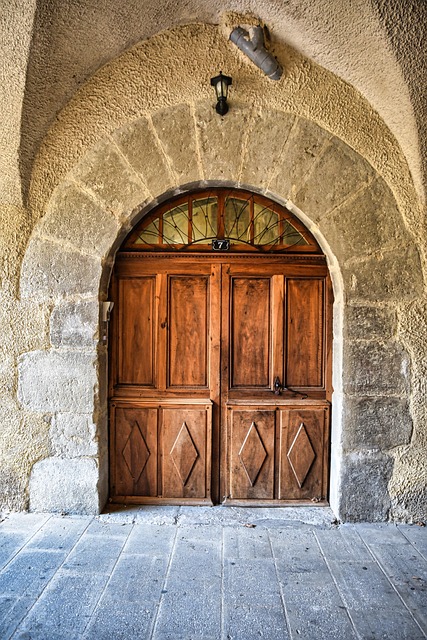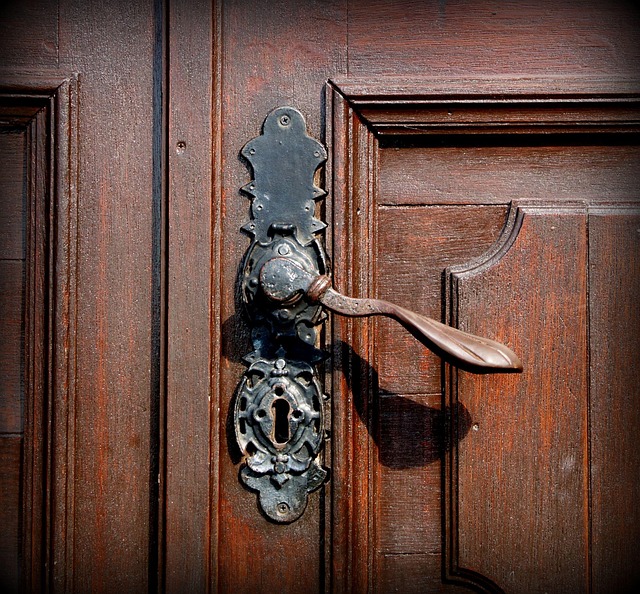Rural areas face unique security challenges due to remote locations and infrastructure limitations. Motion-activated cameras offer an ideal solution, providing continuous monitoring through high-resolution imaging, even in low light and poor connectivity. These advanced systems deter intruders, send real-time alerts, and support remote access, enhancing rural property security. Weather-resistant technology, including floodlights and smart locks, further strengthens security year-round. Regular maintenance is crucial to ensure optimal performance, making these cameras an effective, cost-efficient option for rural homeowners.
In the vast, often isolated landscapes of rural environments, securing properties against unseen threats is paramount. Traditional security systems often fall short, prompting the need for robust, weather-resistant alternatives. This article explores tailored solutions, focusing on the benefits of motion-activated cameras for rural properties. We’ll delve into the unique challenges these areas present and guide you through selecting, implementing, and maintaining effective, resilient security systems that offer peace of mind in even the harshest conditions.
- Understanding the Challenges of Rural Security
- The Benefits of Motion-Activated Cameras
- Choosing the Right Weather-Resistant Technology
- Implementing and Maintaining a Secure System
Understanding the Challenges of Rural Security

Rural areas present unique challenges for security systems due to their often remote locations and sparse populations. Traditional security measures may not be as effective or readily accessible in these environments. For instance, power outages are more common, and wireless connections might be unreliable, affecting the performance of standard surveillance equipment. Additionally, vast open spaces and dense vegetation can obscure lines of sight, making it difficult for cameras to capture clear footage.
Motion-activated cameras for rural properties offer a promising solution to these challenges. These cameras utilize advanced sensors to detect movement, ensuring that security systems remain vigilant even during power cuts or periods of poor connectivity. Their remote access capabilities allow homeowners and property managers to monitor activities from afar, providing peace of mind. Moreover, with high-resolution imaging and low-light performance, motion-activated cameras can capture clear images in various weather conditions, enhancing overall rural security.
The Benefits of Motion-Activated Cameras

Motion-activated cameras offer a myriad of advantages for homeowners in rural settings, enhancing security and peace of mind. These advanced systems are designed to detect movement, triggering camera activation only when necessary, which is particularly useful in areas with low human presence or limited network connectivity. For rural properties, this means cameras can efficiently monitor vast spaces without constantly running, conserving power and providing a cost-effective solution.
Moreover, the real-time alerts generated by motion-activated cameras allow property owners to swiftly respond to potential threats. Whether it’s an intruder or wild animals, these cameras capture clear images, ensuring quick identification. This proactive approach to security is invaluable for rural residents who may have longer response times due to remote locations.
Choosing the Right Weather-Resistant Technology

When selecting weather-resistant security systems for rural environments, it’s crucial to invest in technology designed to withstand harsh outdoor conditions. Motion-activated cameras, specifically those built with robust housing and advanced sensors, are an excellent choice for rural properties. These cameras can capture clear footage even in low-light conditions and are capable of detecting movement over long distances, ensuring comprehensive security.
Additionally, consider incorporating other weather-resistant devices like floodlights with automatic activation and smart locks. Floodlights deter potential intruders by illuminating the area, while smart locks provide remote access control, allowing you to monitor and secure your property from anywhere. Integrating these technologies creates a comprehensive security network tailored for rural living, offering peace of mind in all seasons.
Implementing and Maintaining a Secure System

Implementing a weather-resistant security system for rural environments requires careful consideration and planning to ensure effectiveness and longevity in harsh conditions. Starting with robust components designed specifically for outdoor use, such as weatherproof cameras and sensors, is essential. Motion-activated cameras for rural properties are particularly effective deterrents against intruders, triggered by any movement within the field of view, capturing clear footage even during low-light or adverse weather conditions.
Regular maintenance is equally vital to keep these systems functioning optimally. This includes periodic cleaning of lenses and sensors to prevent debris buildup, checking battery life and replacing as needed, testing wireless connections for stability, and ensuring all devices are updated with the latest firmware to improve performance and security. Regular checks also allow for early detection of any component failure or damage from weather events, enabling swift repairs or replacements before potential security breaches occur.
Rural environments present unique security challenges, but with the right technology, such as weather-resistant motion-activated cameras, homeowners can enhance their property’s safety. These innovative systems offer a cost-effective and efficient way to deter criminals, provide round-the-clock surveillance, and give peace of mind. By choosing durable, outdoor-ready equipment and implementing a well-designed security system, rural residents can now enjoy enhanced protection, ensuring their properties are safe and secure against potential threats.
